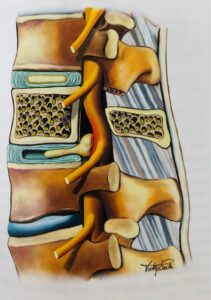Running celebrated for its simplicity and effectiveness, can unfortunately lead to a variety injuries among enthusiasts. Understanding why these injuries can occur is key to preventing them and having longevity in your running career.
The primary reasons runners get injured:
- Overuse and Overtraining
This is perhaps the most common reason for running injuries is simply doing too much, too soon. When you increase your mileage, intensity, or frequency too quickly, your body might not have enough time to adapt. This can lead to injuries such as stress fractures in the bone, shin splints, or tendon related pain. The body adapts well to gradual progression to build resilience against the repetitive impact of running.
2. Poor Biomechanics
Everyone’s body is unique and we all have different styles of running and how our bodies move which could be suboptimal. This can increase uneven joint forces and stress at the hips, knees and feet and without correcting them it can lead to injuries. There is a lot of research coming out about the influence of biomechanics in preventing and also in managing injuries while they heal.
3. Inappropriate Footwear
The shoes that don’t fit you properly or don’t match the terrain you are running on can cause problems. For example running with worn out shoes can impact your feet a lot more failing to provide the cushion to absorb ground reaction forces and stability needed.
4. Neglecting Recovery
Recovery is not just about rest; it involves proper nutrition, sleep, and sometimes active recovery methods like a slow short distance walk, stretching or yoga. Runners who skip this critical phase often find themselves facing injuries because their muscles, tendons, and bones, don’t get the chance to repair and strengthen.
5. Lack of strength and flexibility
Weak or imbalanced muscles particularly around the abdominals, hips, and legs can lead to muscles fatiguing quickly and compensatory patterns to occur and straining other parts of the body. Similarly if muscles are too shortened or ‘tight’ then that can also cause some imbalance in that area and increase injury risk.
6. Environmental Factors
High stress environments can impact muscles, tendons and joints, performance and recovery. It is imperative that you do find ways of managing cognitive stress because it can impair performance and recovery which then can lead to injury risk.
Conclusion
Running injuries are seen as something inevitable because of the repetitive nature of running and impact on the body and joints. The injury risk can be mitigated by understanding these risk factors, runners can take proactive steps towards injury prevention – whether that’s through better training practices, investing In the right gear, or listening to their bodies more attentively.






